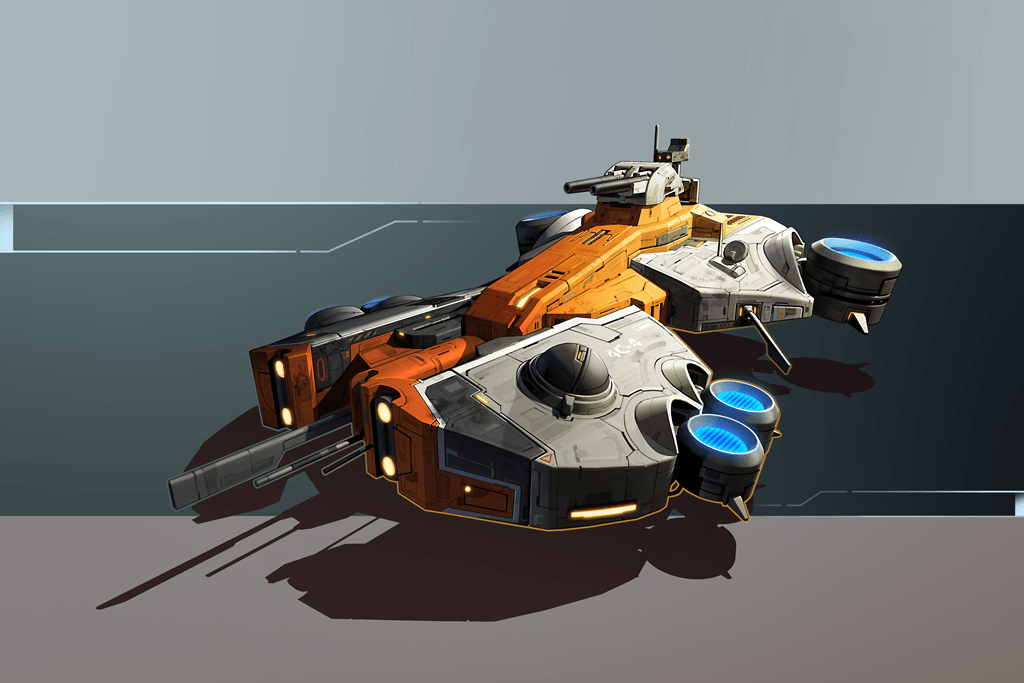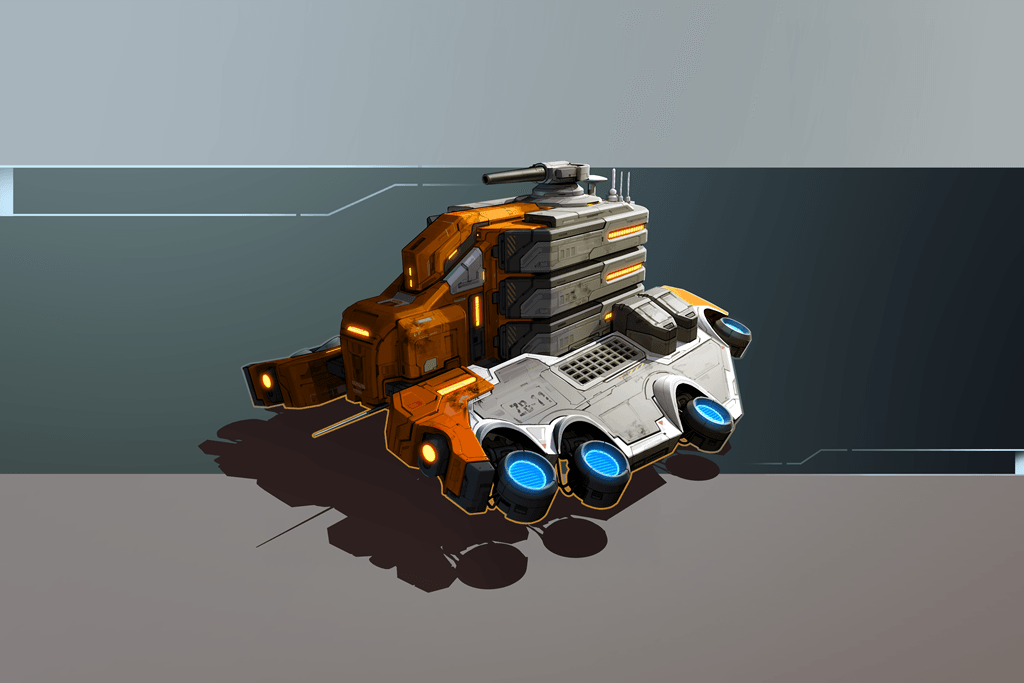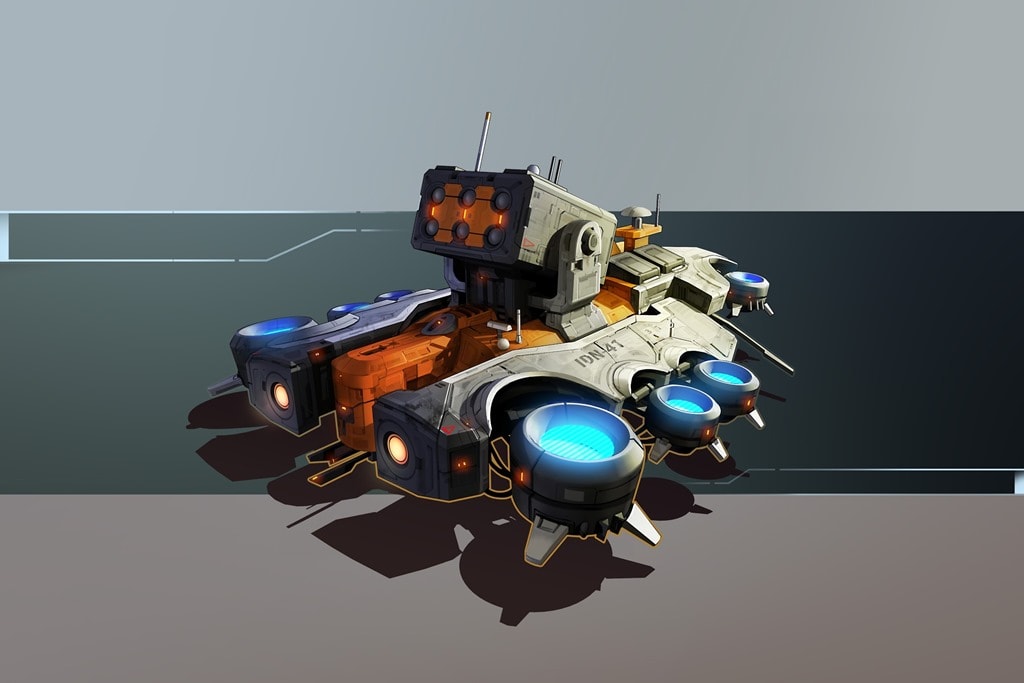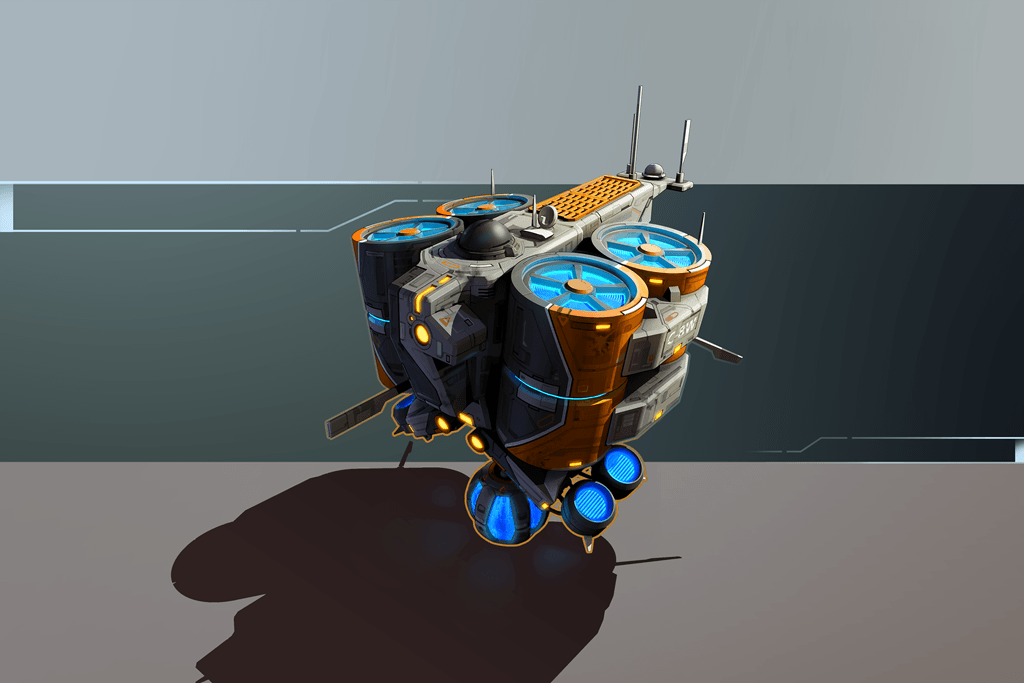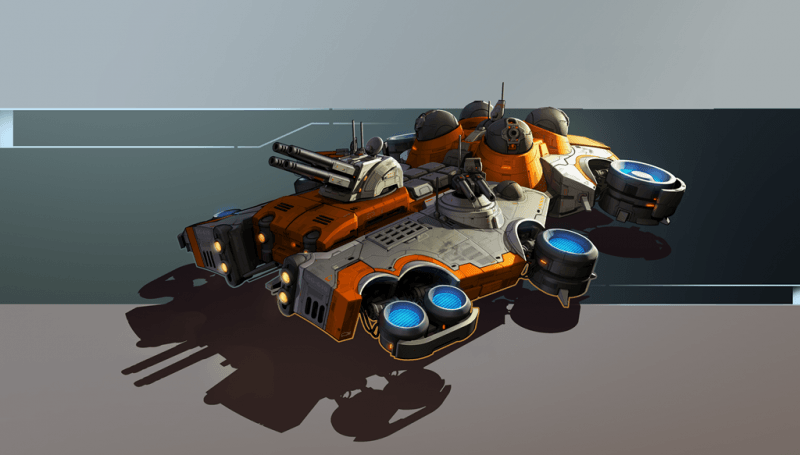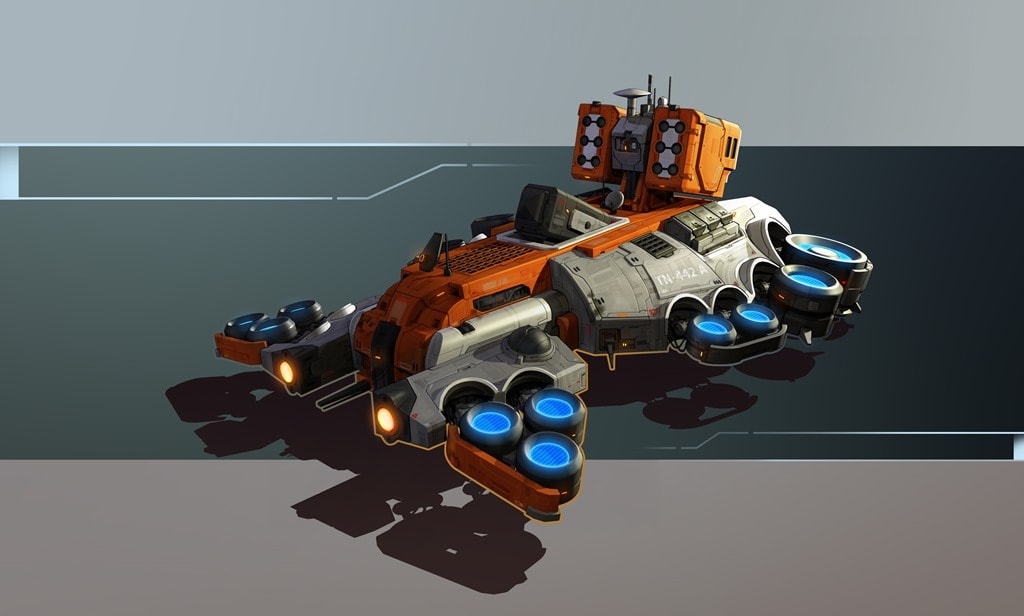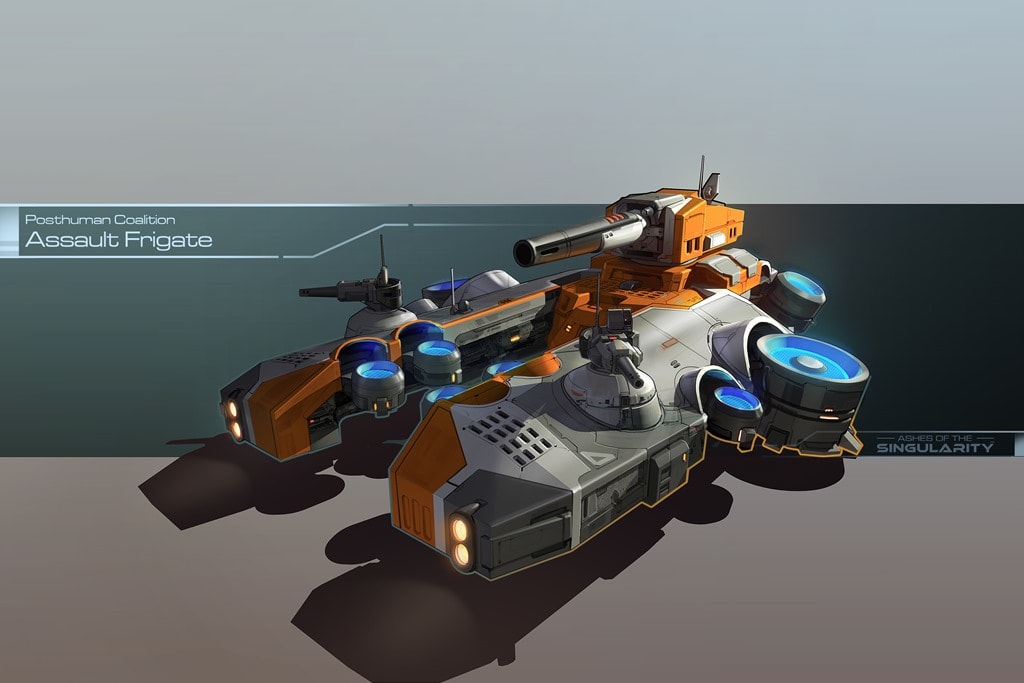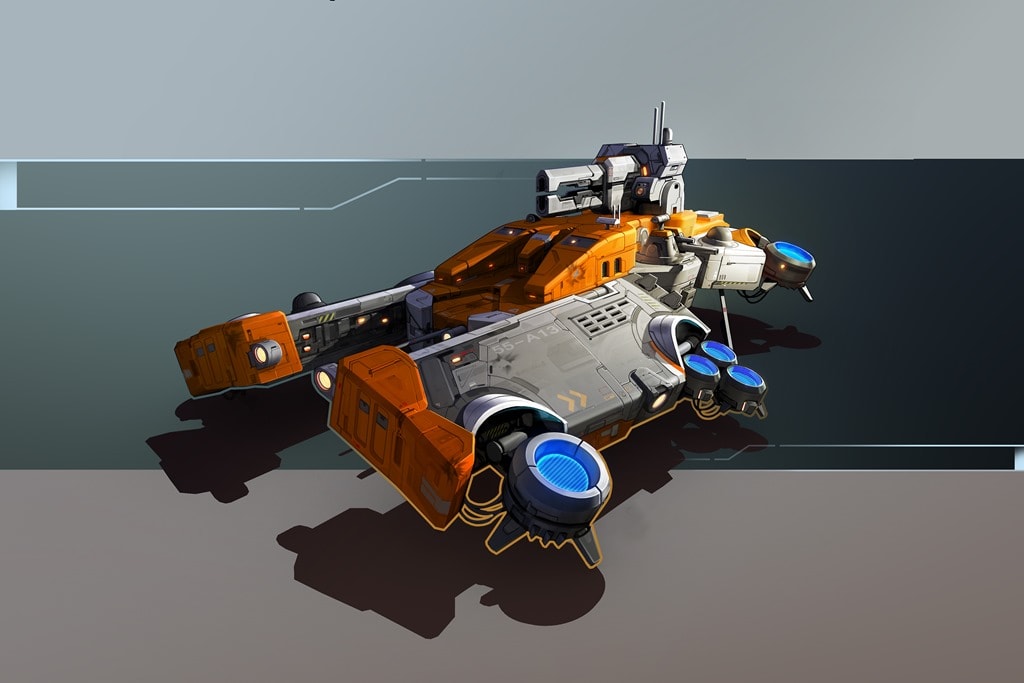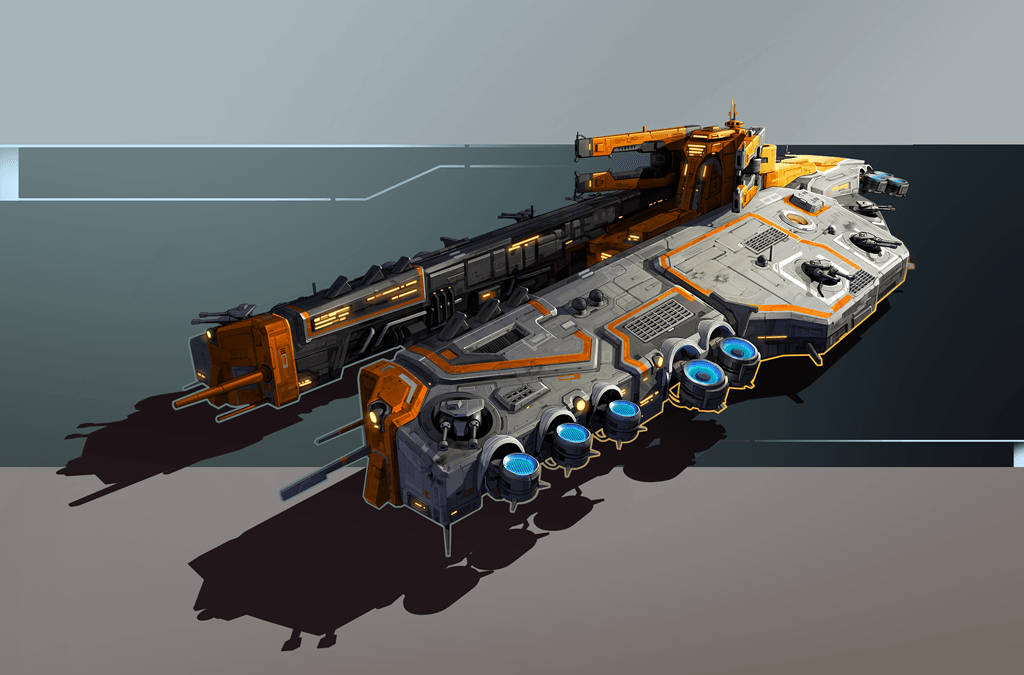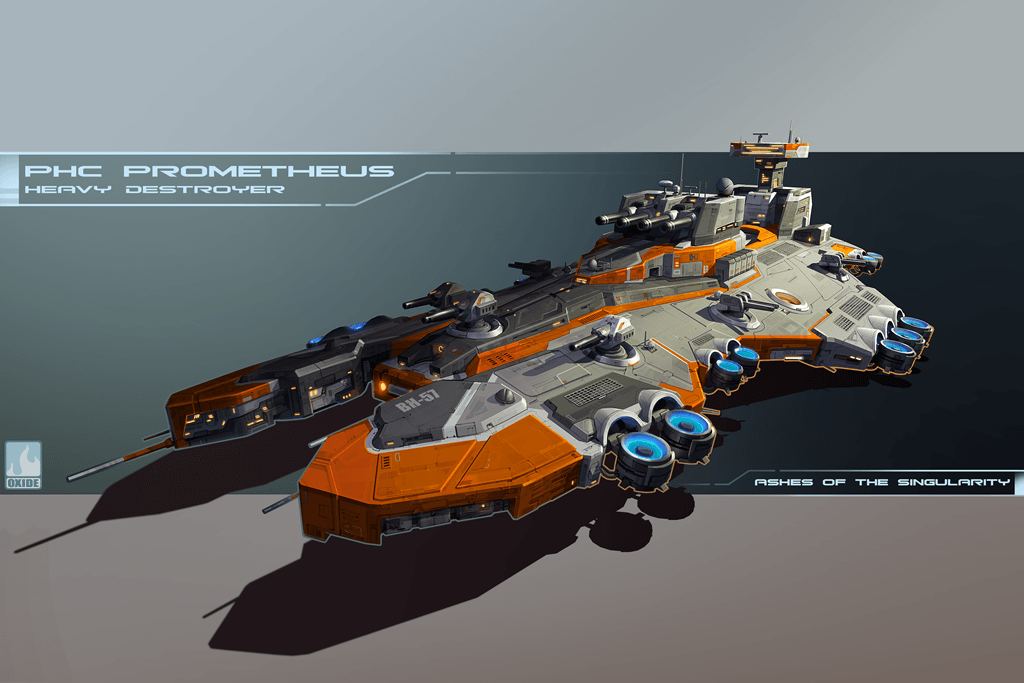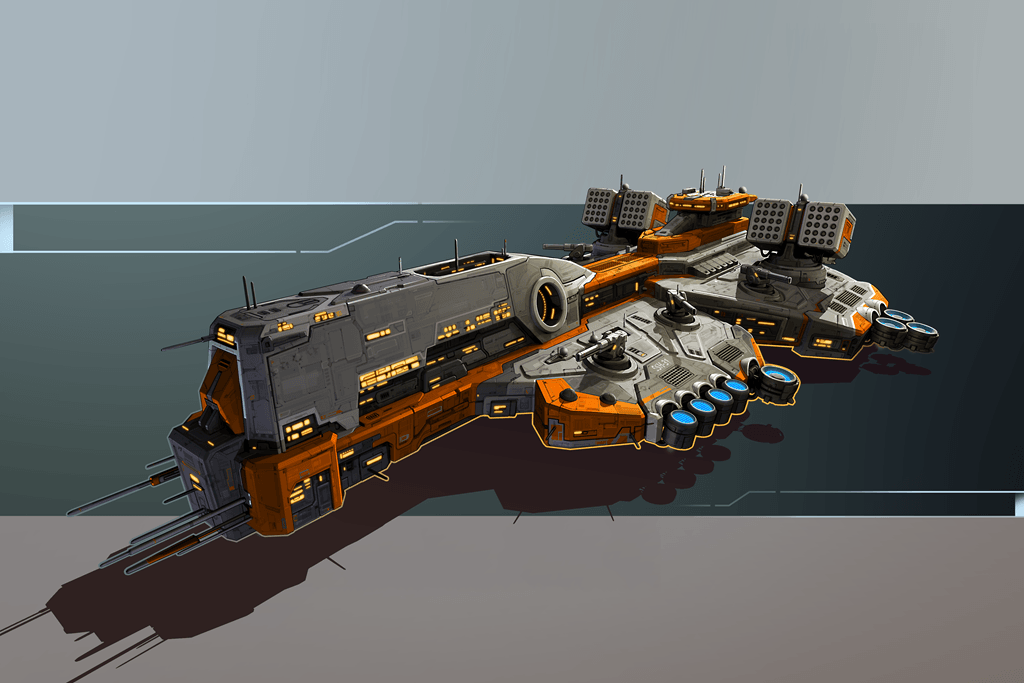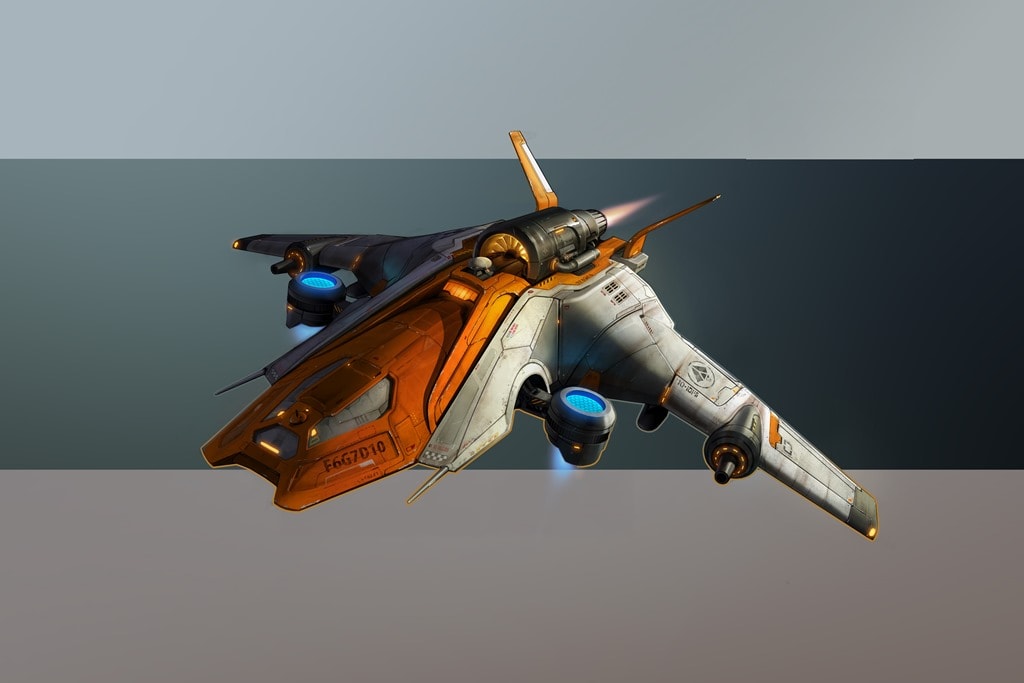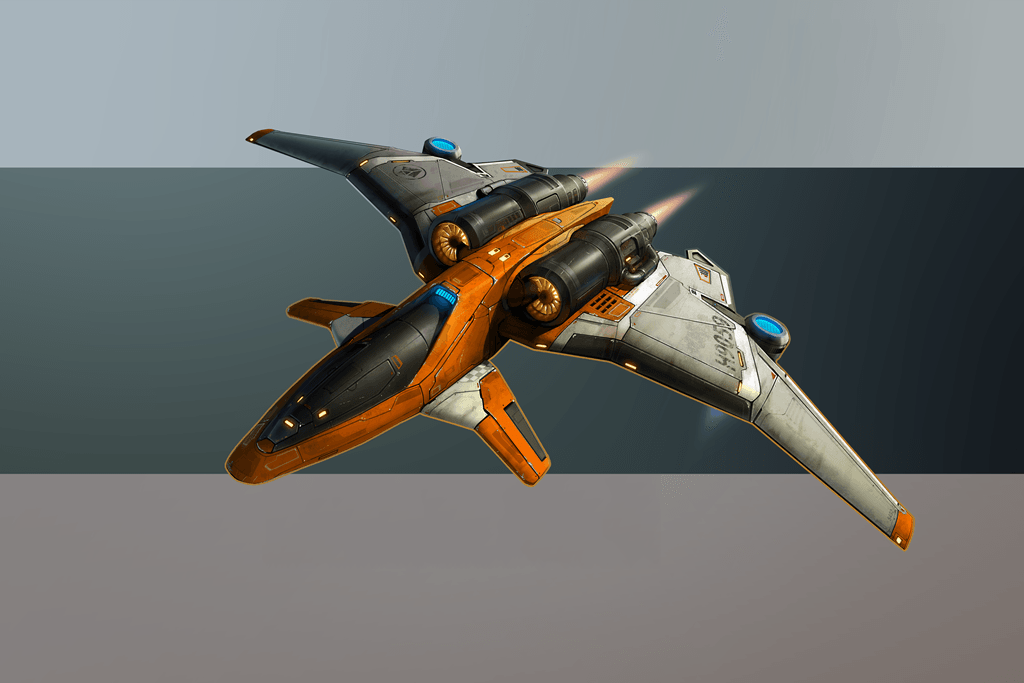Post-Human Coalition
Faction Description
The PHC is a loose affiliation of Post-Humans who rose to prominence in the early 22nd century. The source of a Post-Human's power is a resource called Turinium. This is a manufactured resource that is derived from the mass of a suitable material. Turnium, which is essentially the ultimate computing material, is what these planetary-wide wars are waged over. In any match, Turinium generators can provide a key path to victory over your opponent.
PHC Frigates
To enforce the PHC charter, several prominent Post-Humans formed the “PHC Weapons consortium” and pooled their collective ideas into producing weaponized constructs.
The first results from this cooperative effort came in the form of what the PHC now classifies as “frigates”. These early militarized constructs lack both the lethality and refinement of their more advanced cousins, “Cruisers”.
For the first two years that the PHC faced the assorted claim jumpers, the fights consisted mostly of frigate on frigate action. Each side’s crude weaponry was hamstrung by a variety of issues, ranging from the cost of remote production to reliability in the field.
The first generation frigates were mostly tracked vehicles. The problem with tracked vehicles came down to the number of moving parts. Fortunately, the AI Haalee led the way in gravity channeling and gave the PHC a substantial technological advantage by allowing the production of frigates that could hover.
Below is a list of the current Frigates of the line as of 2178. Even at the time of this writing, the PHC Weapons Consortium is working on a series of more sophisticated frigates due out by 2180.
PHC Cruisers
The “Olympus Project” was a direct result of the “Typhon” incident. The PHC renegade Typhon had claim jumped two worlds and managed to devastate PHC frigate forces by fielding substantially more sophisticated constructs.
Most of the PHC cruisers are modeled after the constructs that Typhon originated. He was ultimately defeated due to the development of the Hyperion class Dreadnought.
Below is a list of the current state-of-the-art PHC cruisers that first debuted in 2177.
PHC Dreadnoughts
The “Olympus Titan” project immediately followed the” Olympus” project. Although considered unnecessary by most members of the PHC, the seriousness of the Typhon war and the increasing cooperation of other PHC renegades spurred the PHC weapons consortium into action.
Prominent PHC leader William “Mac” MacBride led the effort to create the first Greek Titan known as the Hyperion. Designed as an area superiority weapons platform, the Hyperion, like all Dreadnoughts, is a marvel of PHC technology. It utilizes the most obvious advantage the PHC has over any Post-Human renegades – superior quantum access to a given world. The more sophisticated the construct, the higher the connection requirements are.
Because virtually all Post-Humans are still substantially located on Earth, very few are capable of the quality of connection needed to field a Dreadnought on the frontier. However, those who can are all a part of the PHC.
PHC Combat Aircraft
The PHC have fielded aircraft on new worlds since the beginning. The “Pan” remains the primary PHC air platform both for its onboard sensor array as well as the vision it gives other PHC constructs.
More recently, however, the PHC has had to deploy militarized aircraft to supplement its ground forces. Because the PHC has only recently begun weaponizing its aircraft, it has routinely found holes for its air missions that it hopes to fill in the future with new aircraft such as the upcoming “Ares” project.
Buildings
Resources
-
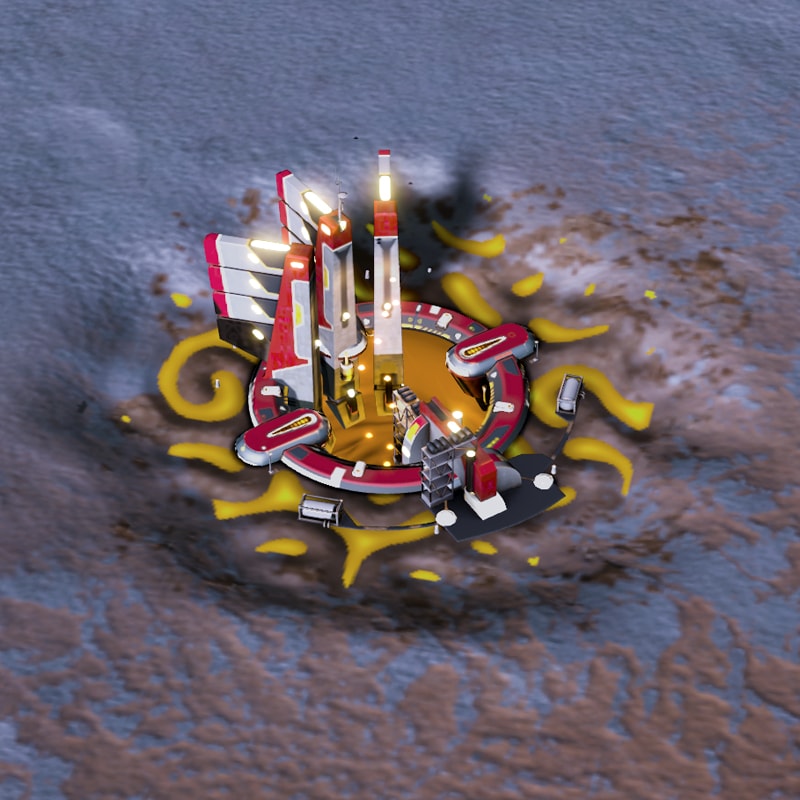
Metal Extractor: Produces 1 metal per second and must be built on a metal deposit -
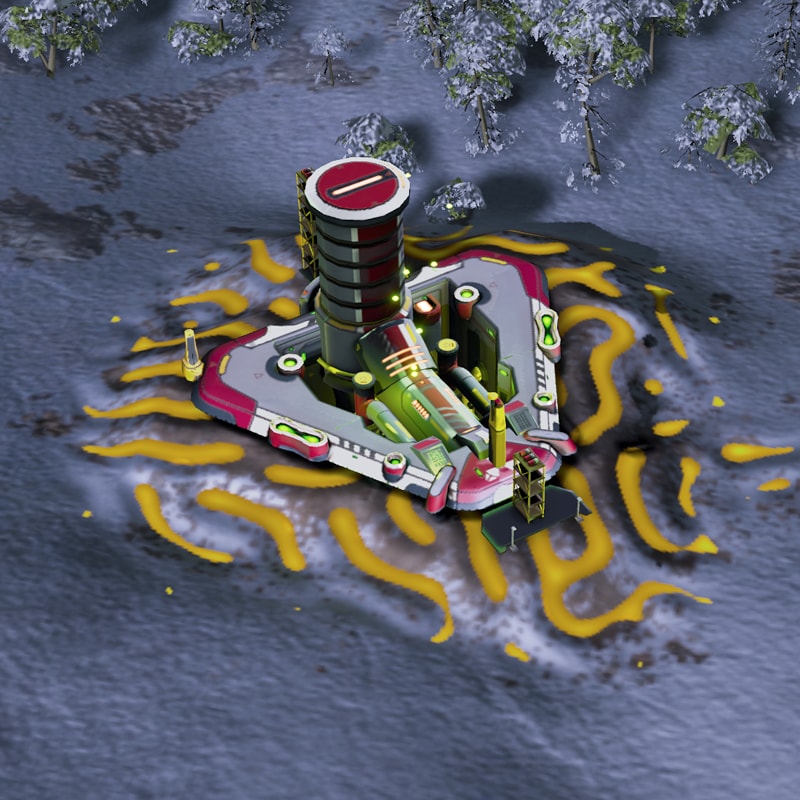
Radioactives Extractor: Produces 1 radioactive per second and must be built on a radioactives deposit -
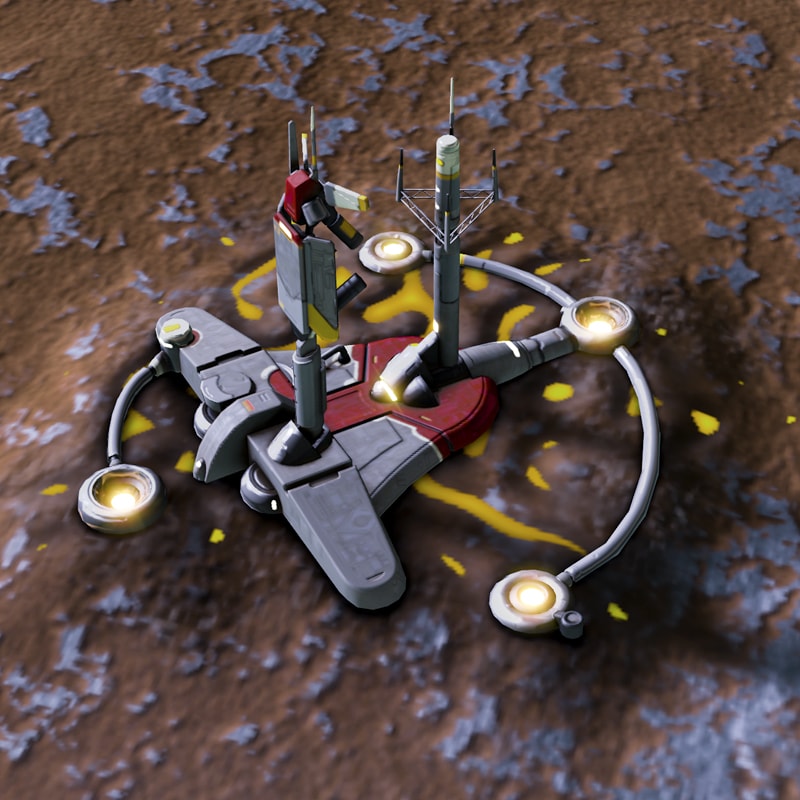
Quantum Relay: Generates Quanta used to unlock global bonuses or call down orbital support actions -
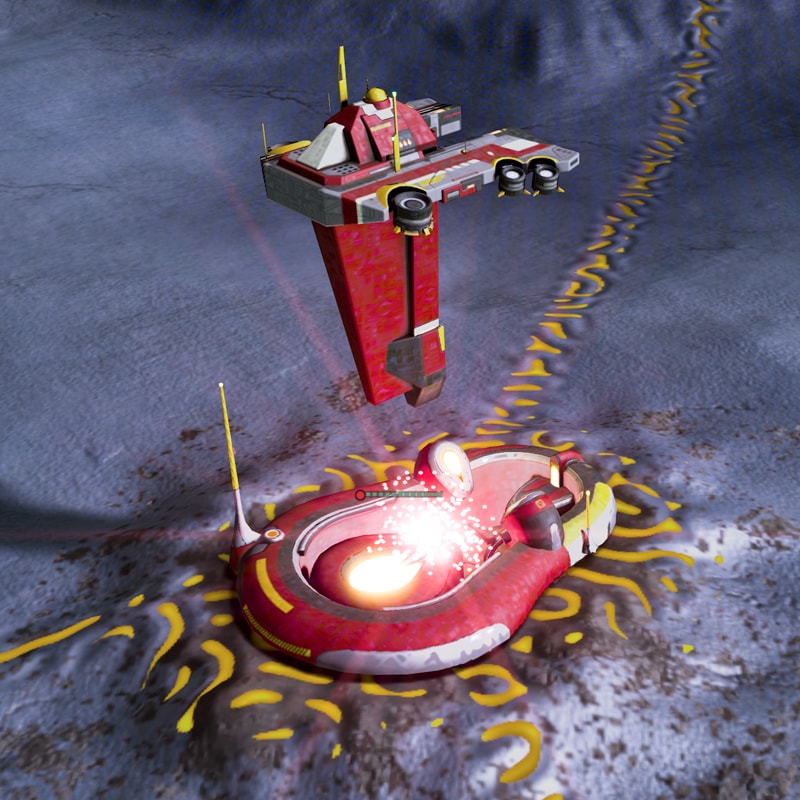
Amplifier: Place on a power generator to increase the output of all resources in that region
Production
-
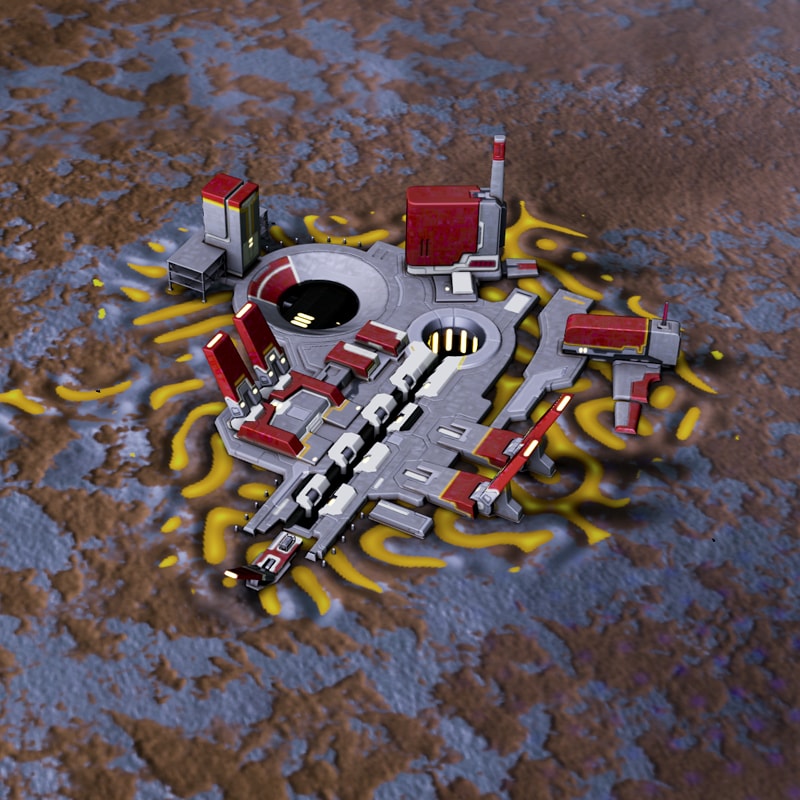
Factory: Constructs frigates (Hermes, Archer, Brute, Medic) -
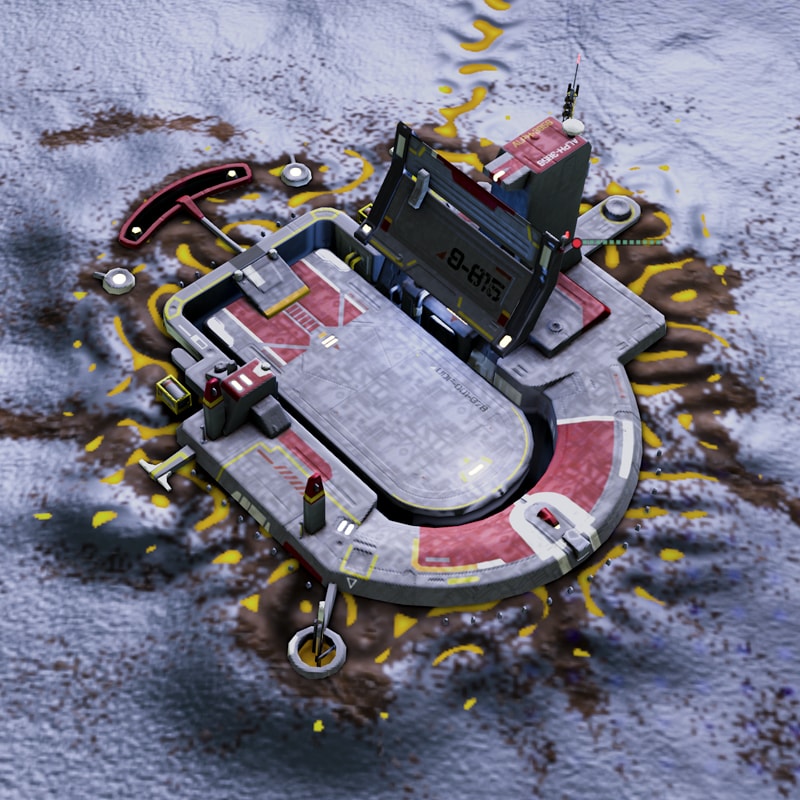
Sky Factory: Constructs aircraft (Fury, Hades, Pan) -
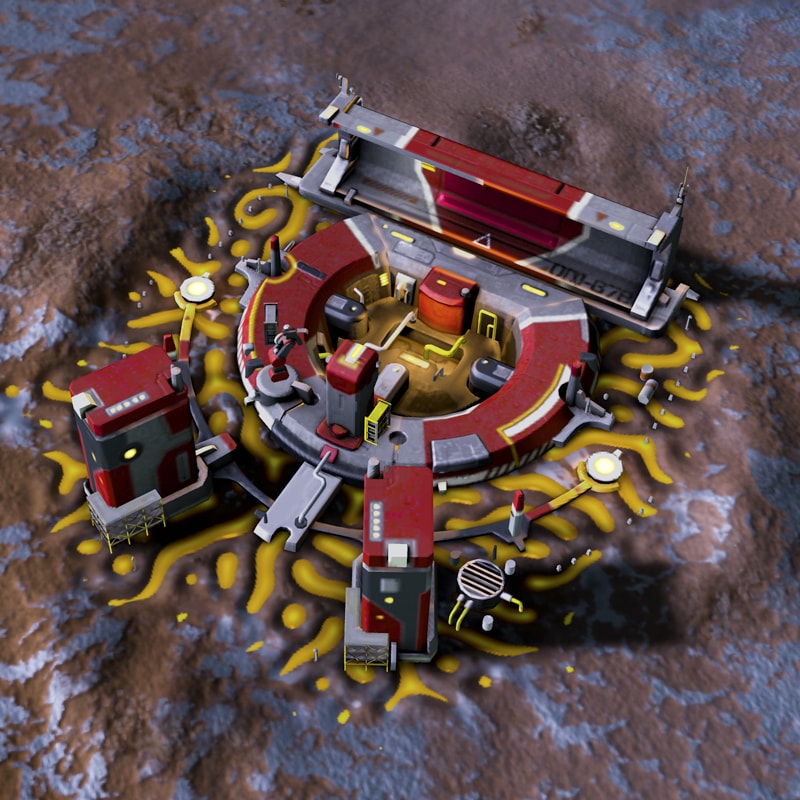
Armory: Constructs cruisers (Artemis, Apollo, Nemesis, Zeus) -
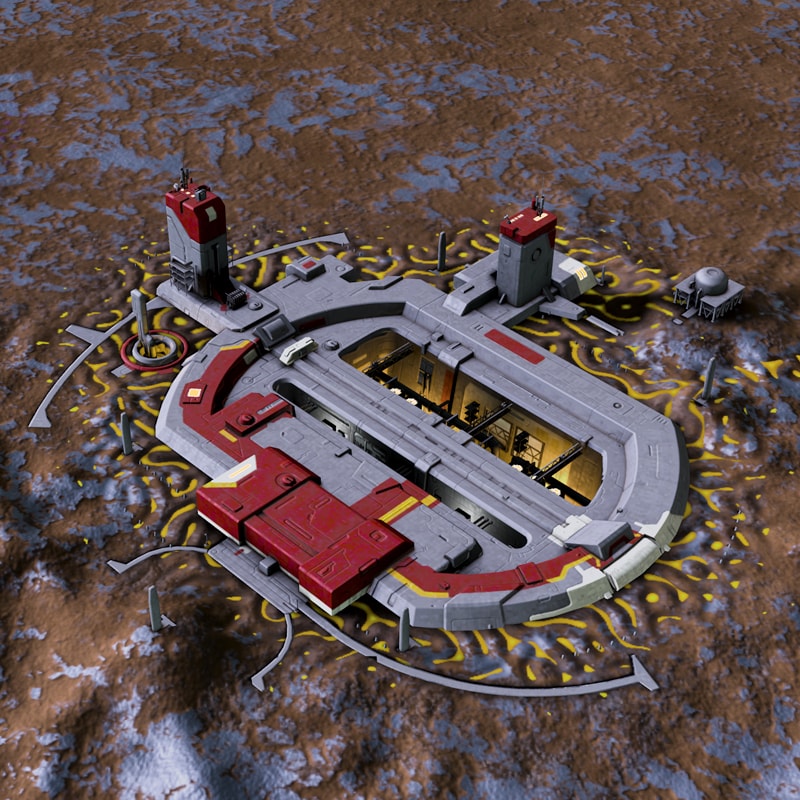
Dread Launch: Constructs Dreadnoughts (Prometheus, Hyperion, Cronus)
Defenses
-
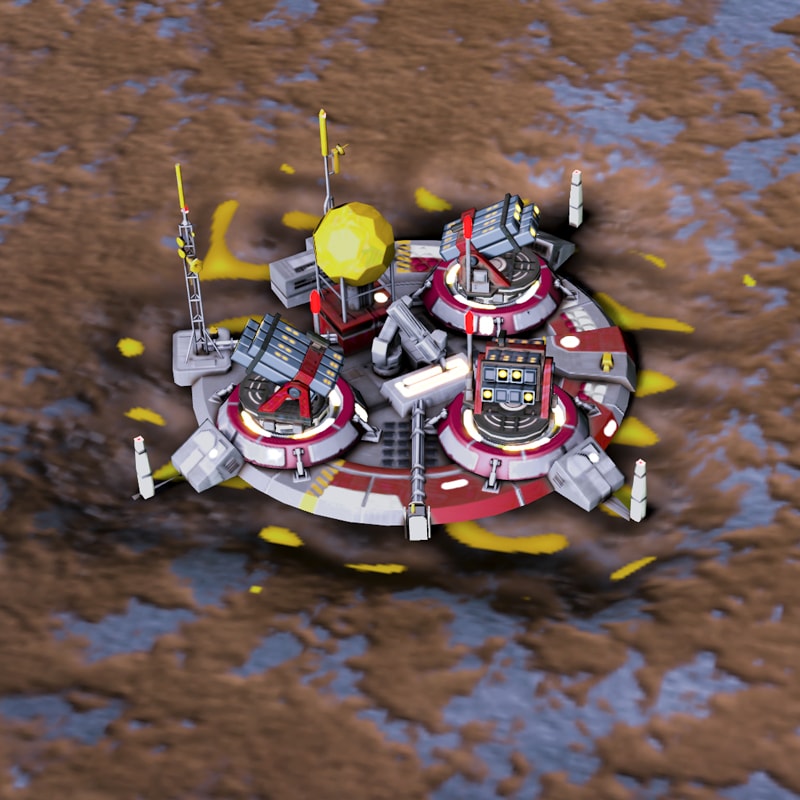
Smarty System: Multi-purpose rocket battery, effective against light air or ground units -
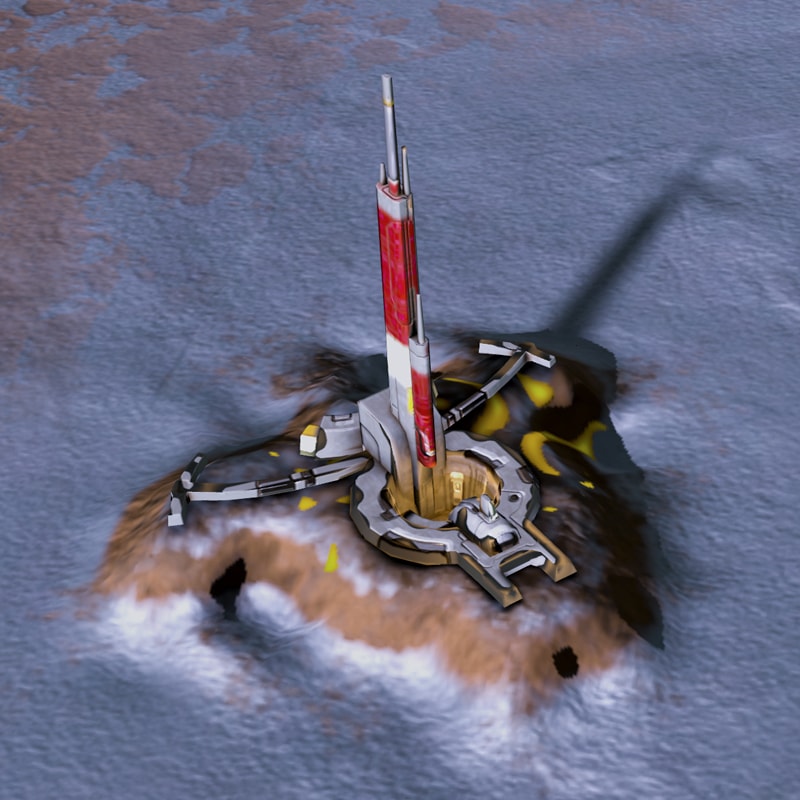
Sensor Array: Radar station that detects enemy structures and units at extreme range -
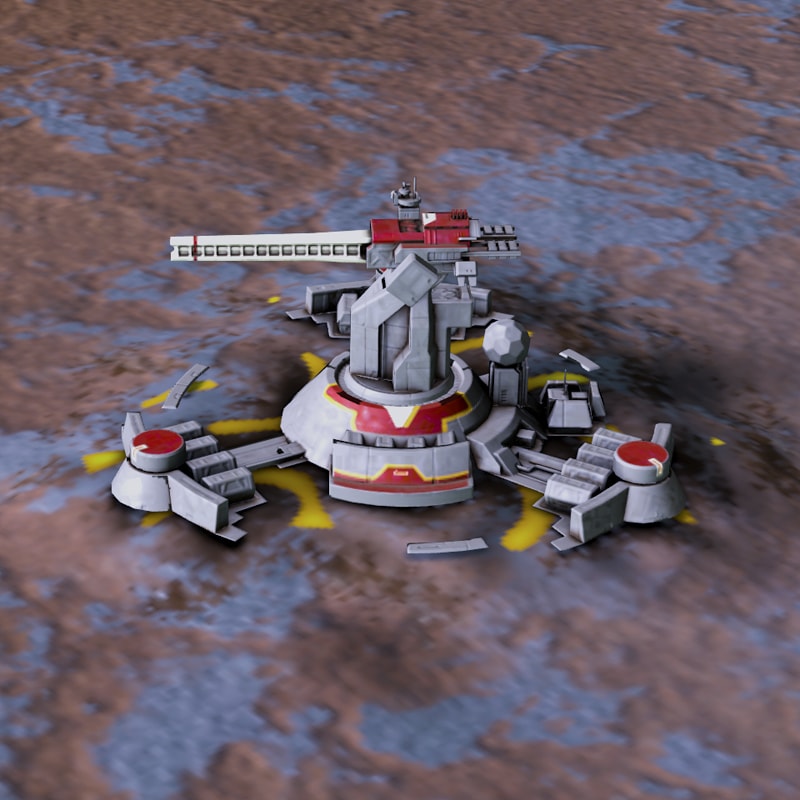
Sentinel Turret: Heavy cannon, effective against cruisers and dreadnoughts -
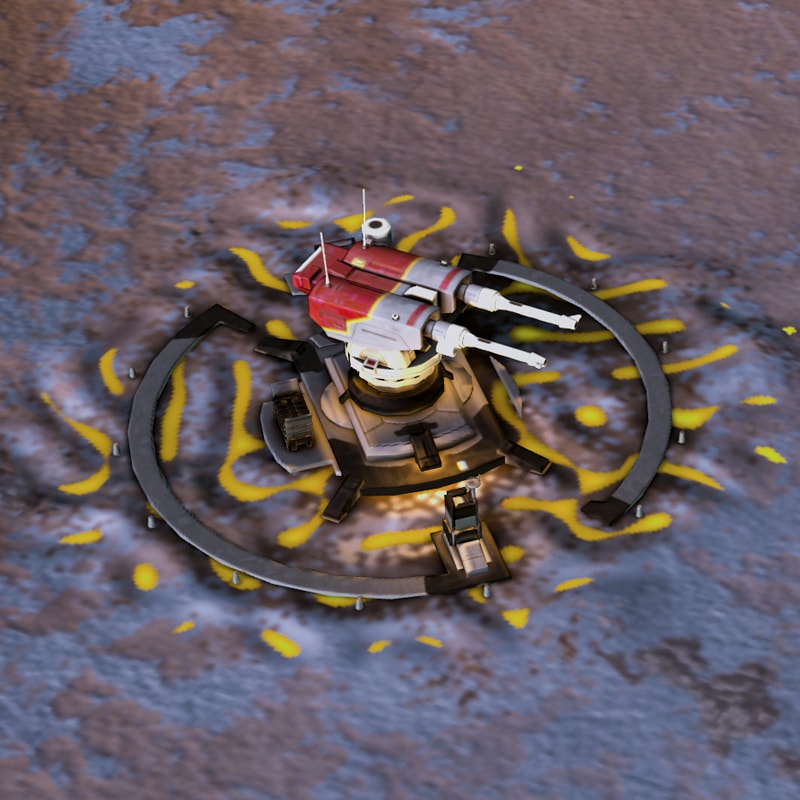
Falcon AA Flak-firing anti-air turret -
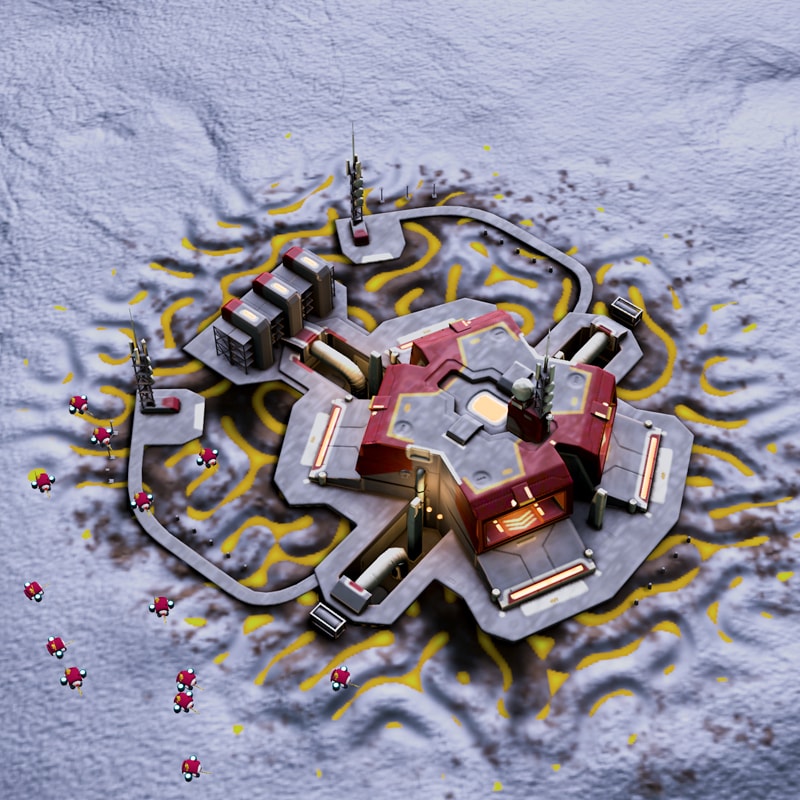
Drone Bay: Maintains a devastating defensive drone swarm that is vulnerable to enemy anti-air -
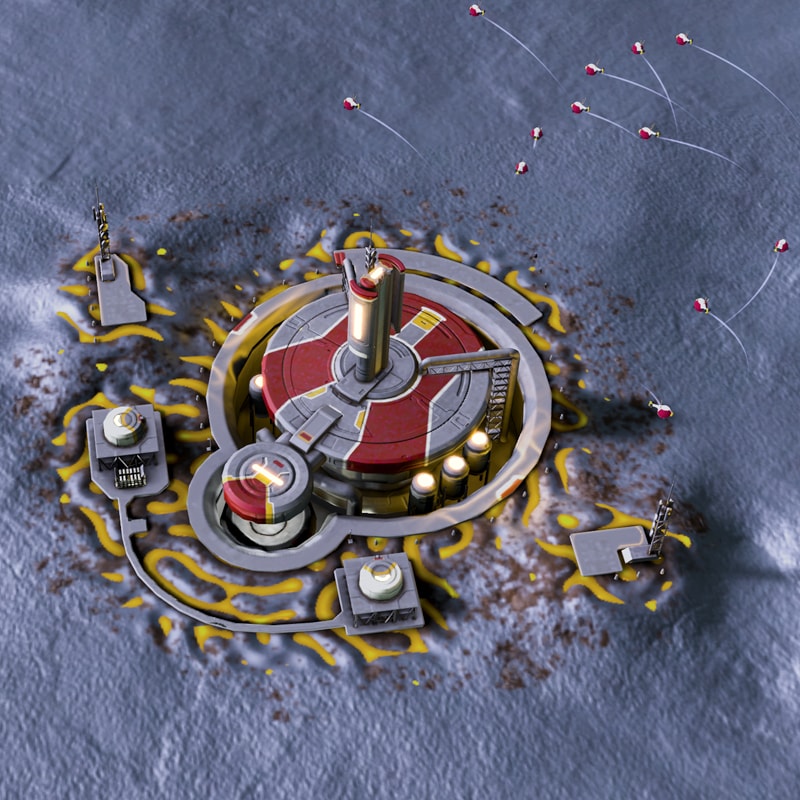
Repair Bay: Maintains a potent repair drone swarm that is vulnerable to enemy anti-air
Orbitals
-
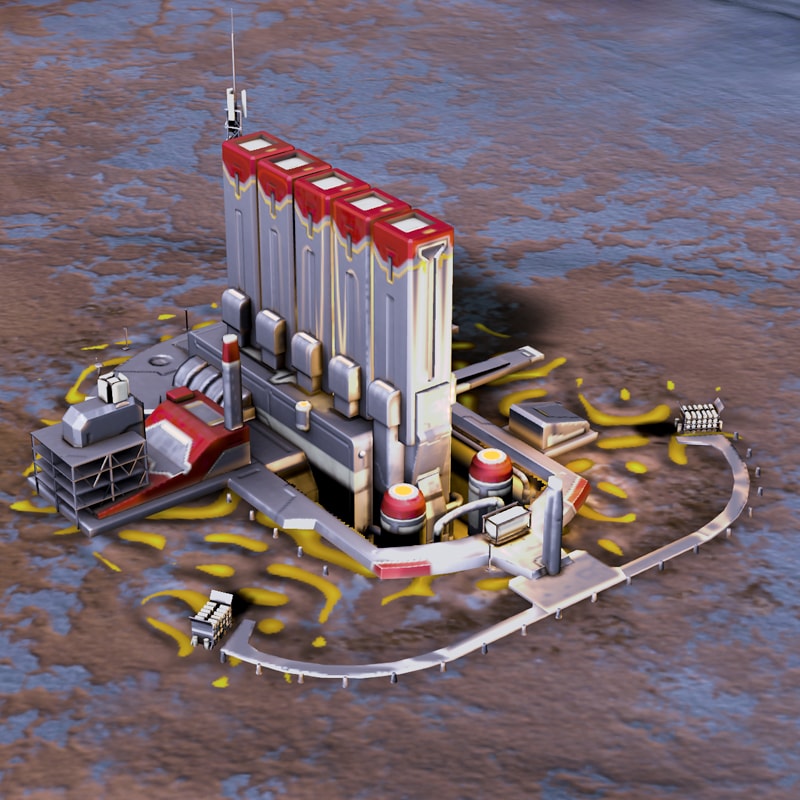
Orbital Fabricator: Unlocks the “Engineer Drop” and “Incursion” global abilities -
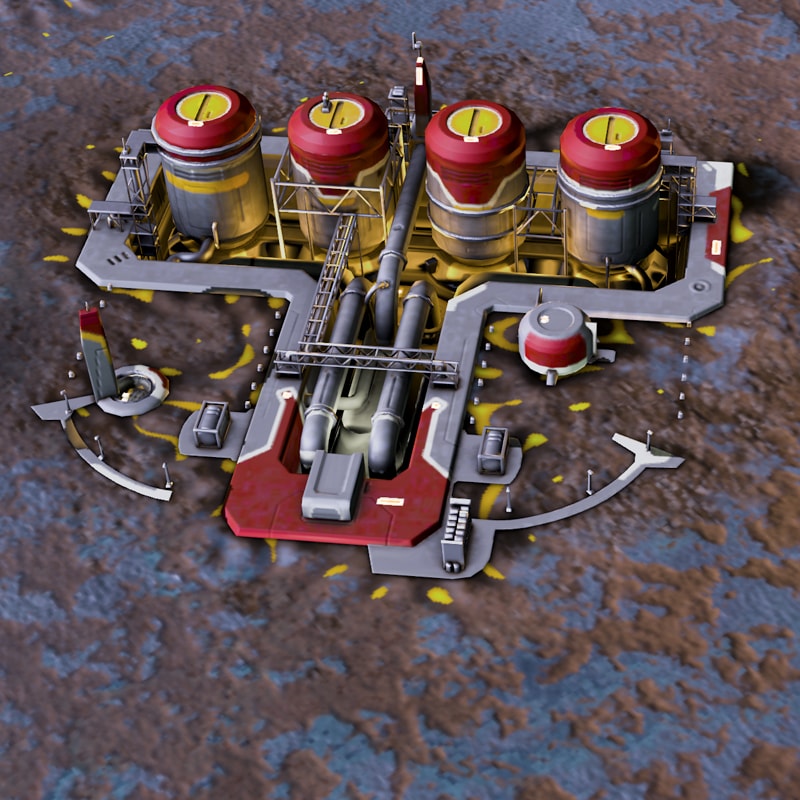
Weapons Lab: Unlocks the “Plasma Storm” and “Carving Turret” global abilities -
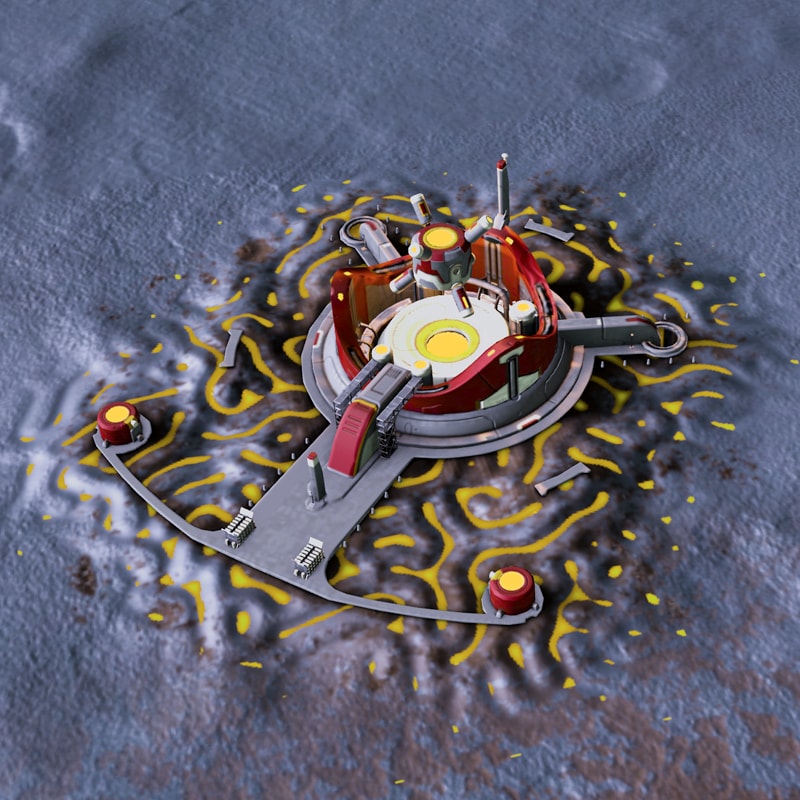
Power Regulator: Unlocks the “Amplify” global ability -
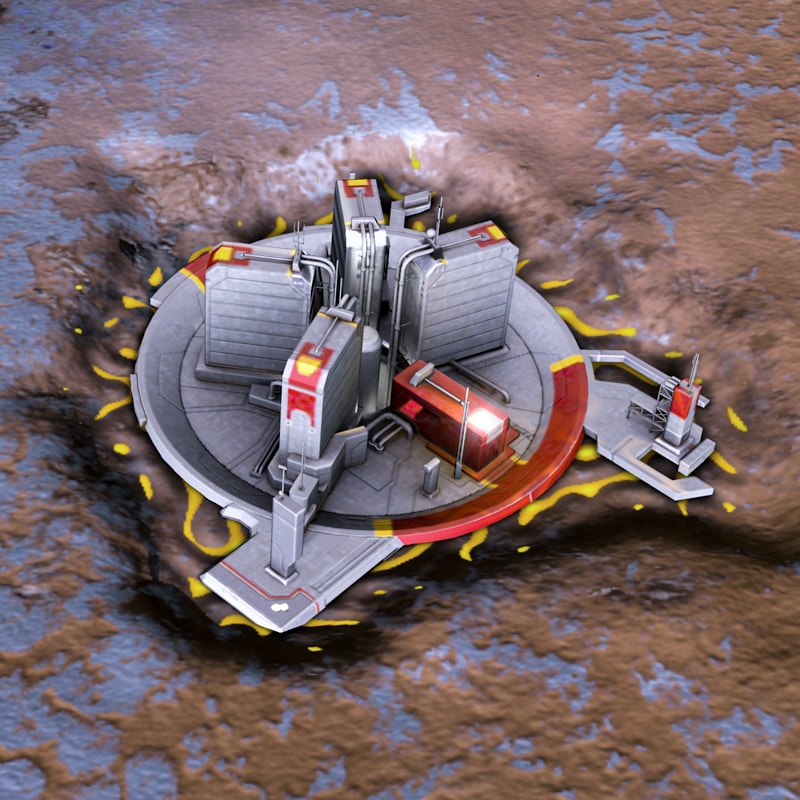
Orbital Command: Unlocks “Orbital Strike” global ability -
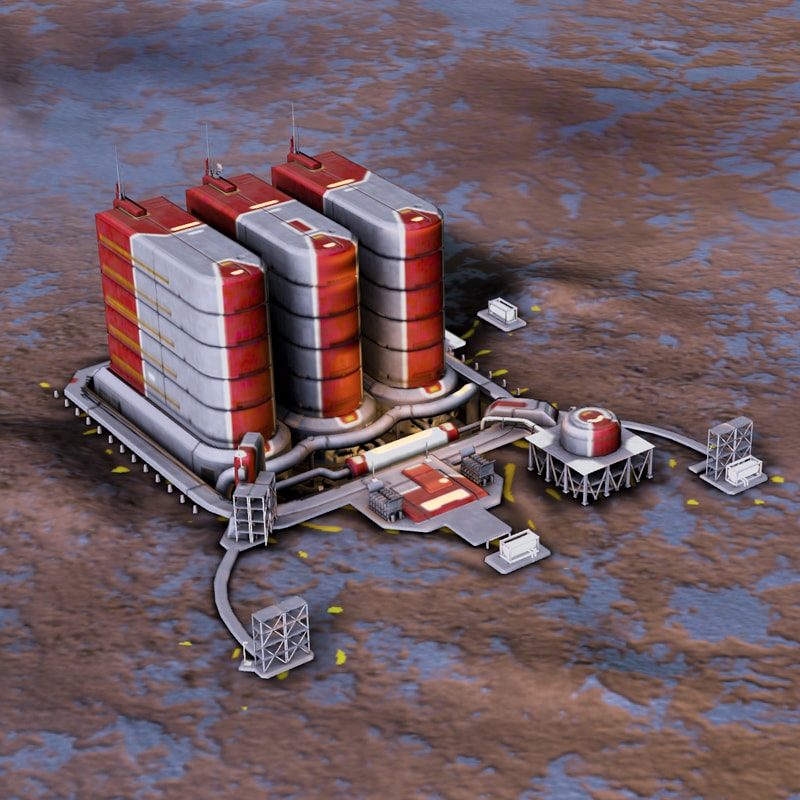
Energy Projector: Unlocks “Intensive Care” and “EMP Pulse” global abilities -
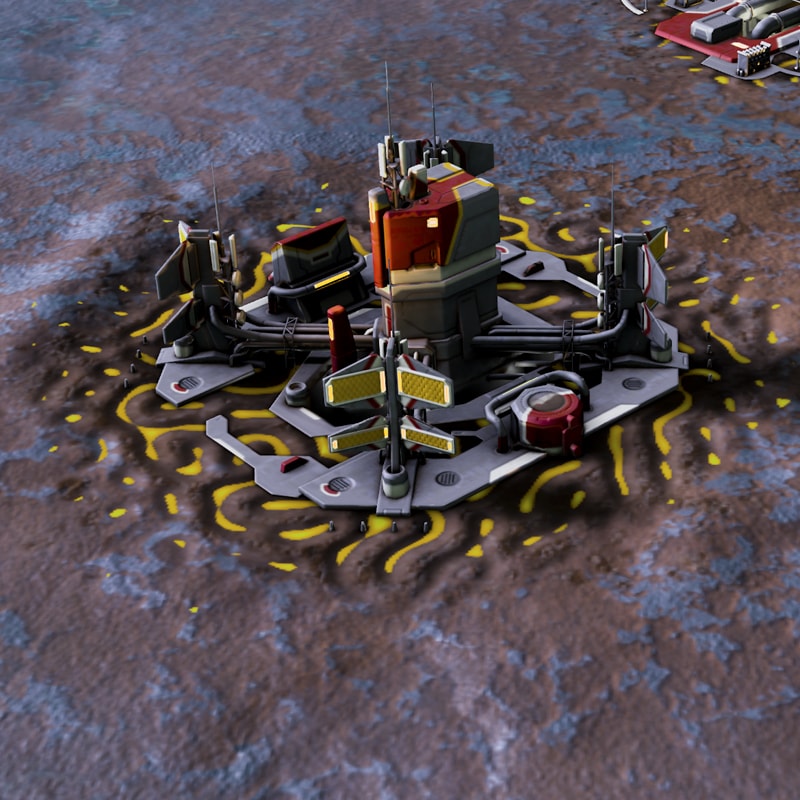
Orbital Nullifier: Prevents enemy orbital actions nearby
By 2178, The Post-Human Coalition has assembled what it considered a reasonably full-fledged combat mix to deal with the rising threat of renegade Post-Humans.
Unfortunately, in March of 2178, the PHC encountered a completely new threat...
